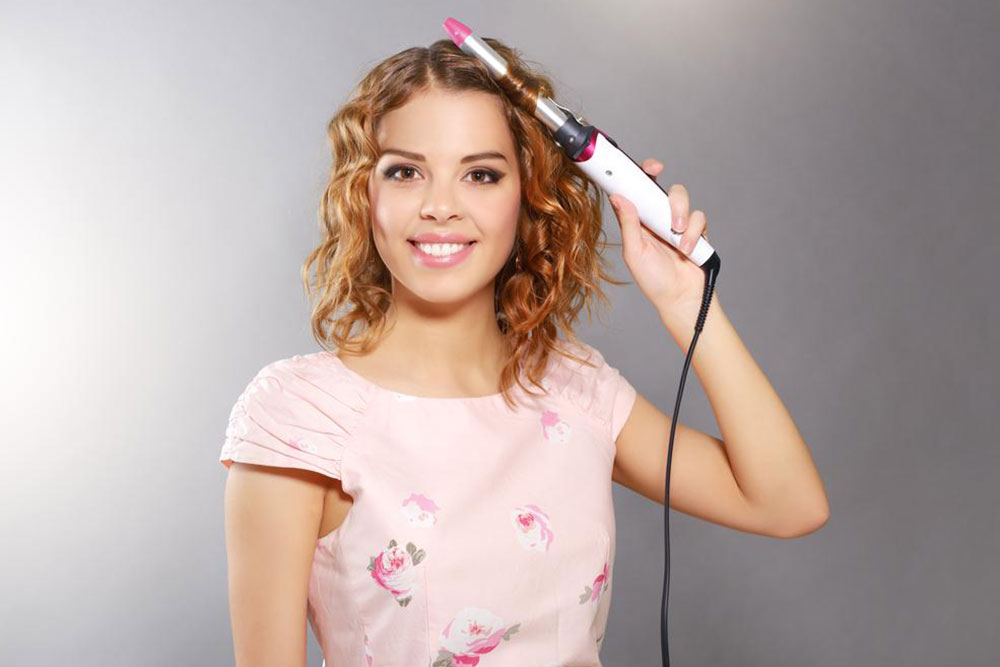Choosing the Perfect Short Hairstyle: Tips and Styling Ideas
Discover how to select the perfect short haircut tailored to your face shape and hair type. From styling tips for any hair texture to face-specific advice, this guide helps you achieve a flattering and stylish look effortlessly. Perfect for hot days and busy lifestyles, learn to embrace the versatility and ease of short hairstyles with expert insights.

Who Should Opt for Short Haircuts and How to Style Them?
Embracing a short haircut is popular again, offering a chic, easy-to-maintain look suitable for busy lifestyles and hot climates. Before trimming your hair short, consider how the style complements your personality and overall appearance. Key factors like face shape and hair type influence which cut will flatter you best. An ill-suited style might require grow-out time and could impact your look. Knowing your face features and hair texture helps in selecting the most flattering short hairstyle.
Facial Structure Tips
Oval faces are versatile and suit many styles, while round faces benefit from cuts that create length. A shoulder-length or pixie cut enhances round faces, balancing proportions. Longer faces look great with side layers or straight cuts with bangs, avoiding styles that emphasize length. Square faces should avoid very short cuts, opting instead for soft layers or bangs. Heart-shaped faces, with broader foreheads and pointed chins, are complemented by asymmetrical bobs, pixies, or layered shoulder-length styles but should steer clear of straight bobs that can broaden the face.
Hair Type Recommendations
Thin hair benefits from layered cuts that add volume, while thick hair looks better with trims that shape and soften. Straight hair appears sleek with minimal fringe options, whereas curly hair shines with textured, tousled styles that highlight natural bounce. Short fringes add elegance to straight hair, and wavy hair can be styled effortlessly with balanced cuts. Consulting a stylist helps ensure the chosen style enhances your hair's natural texture and facial features.
Note:
Our articles offer helpful tips based on thorough research. However, they are not substitutes for professional advice. We disclaim responsibility for any inaccuracies or discrepancies. Readers should also verify current offers and services independently, as they may differ from the information provided.


